Samsung Galaxy Gear Watch
How many people under 35 have you seen actually wearing a watch, much less a large, bulky one at that? Not many. Samsung failed miserably with the release of its Smartwatch. The watch was nothing more than a way to read your notifications and text messages. Most Smartphone users would much rather just look at these notifications on their actual phones. While the Smartwatch may be a technology to watch in the years to come, Samsung fell short of the mark with the Galaxy Gear watch.
Microsoft’s Surface Tablets
As is too often the case with Microsoft, they busted onto the scene with their Surface tablets well after Apple and Samsung had long dominated the tablet market. Many users criticized the Surface tablet for being too heavy and lacking the battery life that so many people had become accustomed to from other tablets like the iPad. To show just how big of a fail the Surface actually was, Microsoft struggled to sell one million units between October 2012 and March 2013, while Apple sold an eye popping 42 million iPads during the same period.
Wesabe
You likely have not heard of Wesabe, but it was actually one of the first online tools to allow you to budget your money. The main player in this marketplace today is Mint.com, and few even remember when Wesabe ruled the online personal finance marketplace. In 2007, Mint was launched and ultimately was purchased by Intuit. As Mint.com grew, Wesabe’s success waned, despite the fact that Wesabe was actually in business before Mint.com. Many believe the reason Wesabe failed was that it was not willing to utilize technology from other companies such as Yodlee, which allowed sites to essentially scape banking data from user accounts to constantly update sites like Mint.com. Mint.com began using Yodlee, and this allowed it to have a competitive advantage over Wesabe.
Healthcare.gov
It is hard to think about tech products that failed without thinking about the atrocious rollout of healthcare.gov. While this issue is widely political, there is no doubt that the implementation of the Obamacare website was terrible. It was reported that the U.S. Government paid more than $500 million to build the website which undoubtedly had a “failure to launch.”
iPhone 5c
Apple is usually quick to announce sales figures for its wildly popular devices. This was not the case with the launch of the iPhone 5c. Apple still has remained quiet about how well this new, budget iPhone did in the marketplace. Many critics point out that the $99 price tag of the iPhone 5c was not low enough compare to the much more powerful iPhone 5s which only cost $100 more.
It is easy to see that even large companies such as Apple and Microsoft are not immune to business failures. As technology constantly changes, companies must try to innovate as much as possible, even if that means that a few new products may ultimately fail. The risk of a failed product is outweighed by the payoff of a product that becomes wildly successful.
15% Off All Business Cards
VIEW ALL
$23.25
$60.05
$60.05

$44.25
$44.25
$58.55
$68.95
$65.40
$60.05

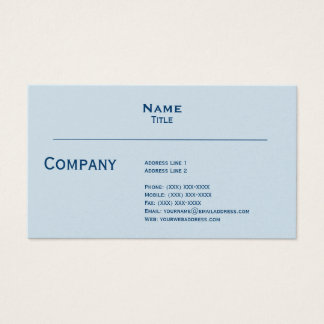
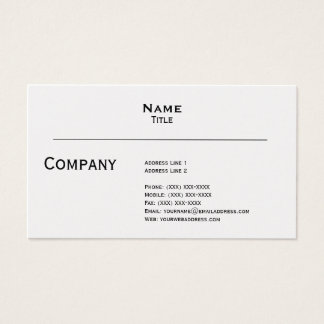
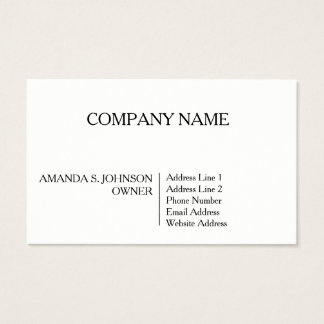
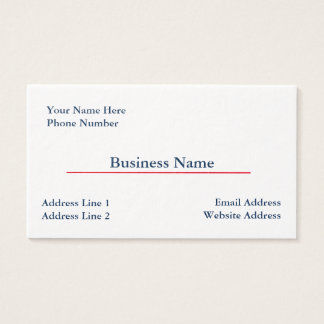
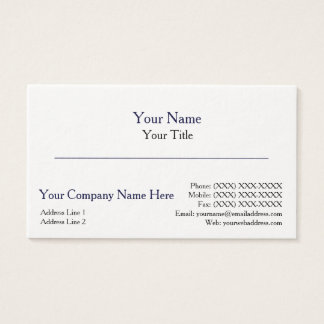

No comments:
Post a Comment